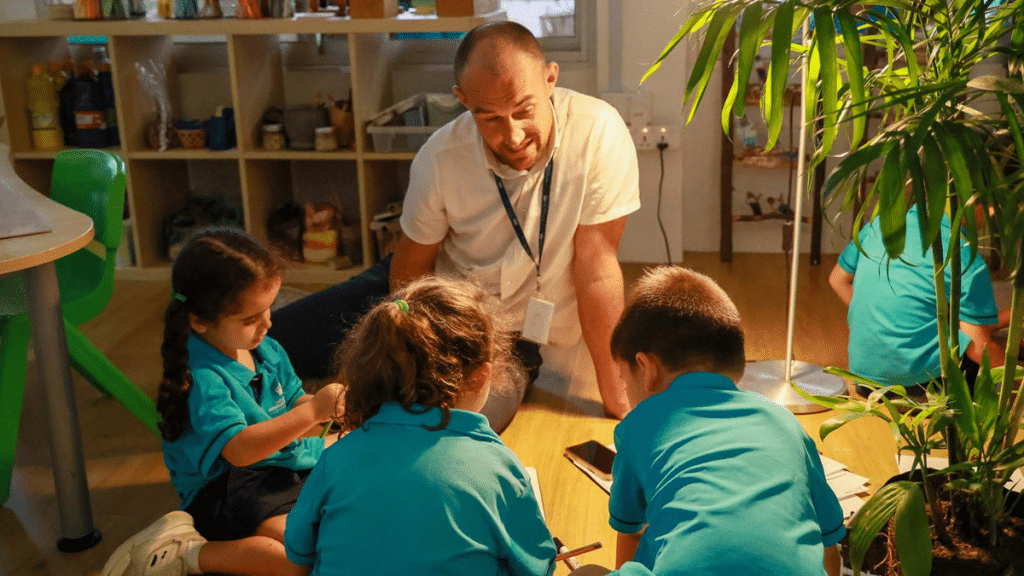Singapore is widely regarded as one of the top destinations in Asia for quality education. Its multicultural environment, rigorous academic standards, and diverse school options make it an attractive choice for both local and expatriate families. However, with so many educational paths available, choosing the right one for your child can be a daunting task. Whether you’re a new parent or moving to Singapore with school-aged children, understanding the local and international school systems can help you make informed decisions tailored to your child’s needs, personality, and future aspirations.
Understanding the Singapore Education Landscape
Singapore offers a unique mix of local public schools and private international schools. The Ministry of Education (MOE) oversees a strong public education system known for its academic rigor, particularly in mathematics and science. While public schools follow the national curriculum and are generally more affordable, they have limited spots for foreign students and may involve competitive entrance procedures.
International schools, on the other hand, offer globally recognized curricula such as the International Baccalaureate (IB), American, Australian, and British systems. These schools are often the preferred choice for expatriate families or local parents looking for a more holistic, student-centered approach.
Factors to Consider When Choosing a School
When selecting the right educational path for your child, it’s essential to take into account a variety of factors, including:
1. Curriculum Type
The curriculum determines the structure, content, and style of learning your child will experience. If you’re planning to return to your home country or move elsewhere in the future, choosing an international curriculum can ensure smoother academic transitions. The British curriculum, for instance, is widely recognized and allows for flexibility in university applications worldwide.
2. Your Child’s Learning Style and Interests
Every child learns differently. Some thrive in academically intense environments, while others do better with creative, inquiry-based learning. If your child shows a preference for arts, languages, or STEM subjects, finding a school that supports and nurtures those interests is key.
3. School Culture and Values
Each school has its own unique culture, values, and approach to character development. Some emphasize discipline and academic achievement, while others prioritize holistic growth and emotional well-being. Visiting the school, speaking with teachers, and observing classroom dynamics can help you gauge whether the school is a good cultural fit for your child.
4. Location and Commute
Given Singapore’s efficient transport network, most areas are accessible. Still, a long commute can be tiring for young students. It’s worth considering schools that are either near your home or offer reliable transportation services.
5. Budget and Fees
Tuition fees vary significantly between public and international schools. While local schools are subsidized, international schools can cost tens of thousands of dollars annually. Make sure to understand the full cost, including uniforms, extracurriculars, transport, and administrative fees.
Spotlight on British Curriculum Schools in Singapore
One popular choice among parents is the British curriculum, also known as the National Curriculum for England. This system is structured into Key Stages and culminates in GCSEs and A-Levels, which are recognized by universities around the world.
British curriculum schools in Singapore such as Tanglin Trust School, Dulwich College, and Dover Court International School provide a strong academic foundation along with a wide range of extracurricular activities. These schools often emphasize critical thinking, communication skills, and global citizenship—qualities essential in today’s interconnected world.
Students in these schools benefit from smaller class sizes, highly qualified teaching staff, and well-rounded programs that cater to diverse learning needs. Many of these schools also offer enrichment activities such as sports, music, drama, and language clubs, promoting a balanced and fulfilling student life.
Local vs. International: Which is Better?
There’s no one-size-fits-all answer to this question. Local schools offer a deep immersion into Singapore’s culture, values, and language. They also emphasize discipline, hard work, and academic excellence. However, they may be stressful for students not used to high-pressure environments.
International schools provide a more flexible and global perspective on education. They tend to offer more support for non-native English speakers and students from diverse backgrounds. That said, they come with a higher price tag and may not offer the same level of integration into local society.
Ultimately, the best choice depends on your family’s long-term plans, your child’s personality, and your educational priorities.
Making the Final Decision
Before making a final choice, schedule visits to short-listed schools, attend open houses, and speak with other parents. If possible, let your child be part of the decision-making process—after all, they’re the ones who will be spending years in the chosen environment.
Prepare a list of questions such as:
- What is the teacher-to-student ratio?
- How does the school handle learning differences?
- What kind of pastoral care and counseling services are available?
- What’s the track record for university placements or exam results?
These insights will help you compare schools more effectively and choose one that supports your child’s growth in all areas—academic, emotional, social, and physical.
Conclusion
Choosing the right educational path in Singapore is one of the most important decisions you’ll make as a parent. With an array of excellent schools available, including those that follow the British curriculum, you can be assured that your child will receive a quality education that prepares them for the global stage. Take your time, do your research, and choose a school that not only educates but also inspires your child to reach their full potential.

